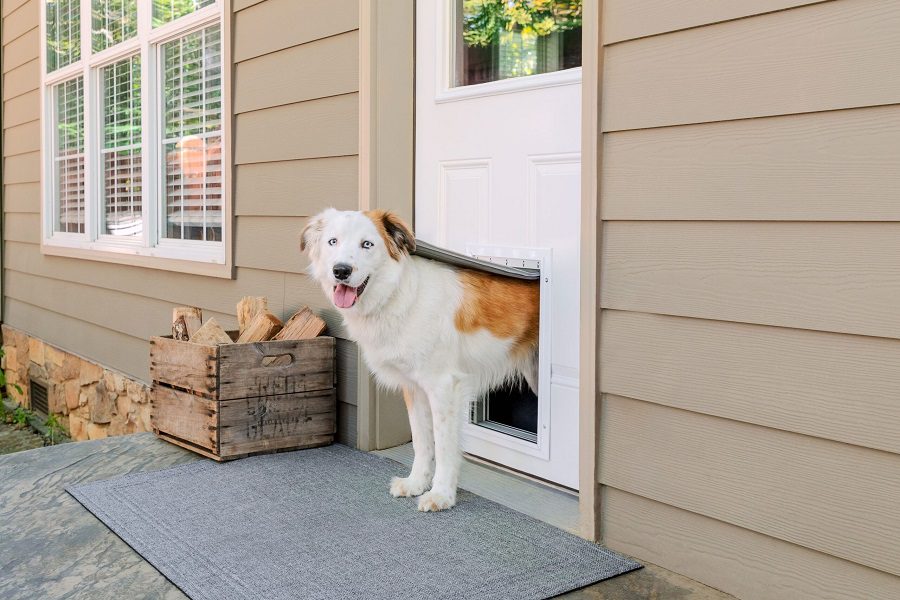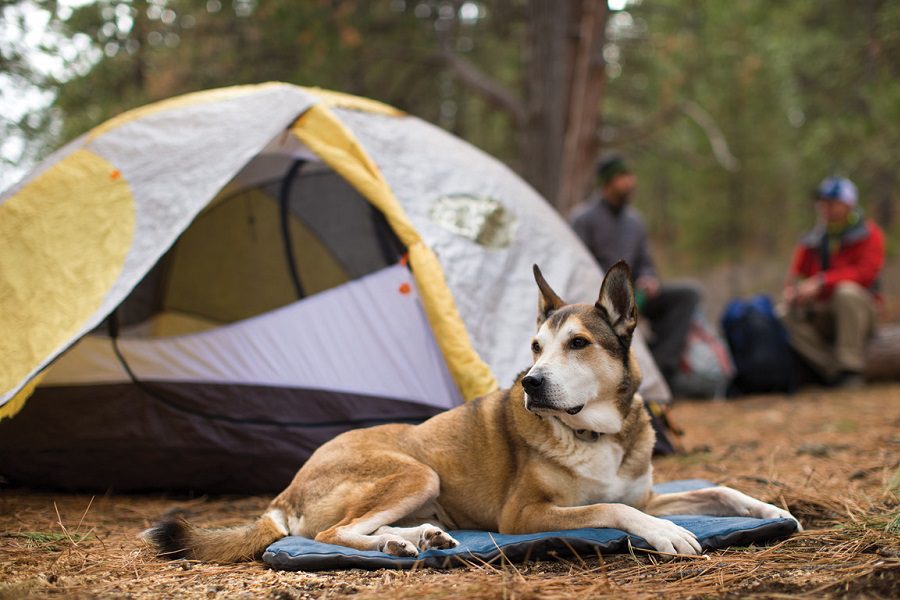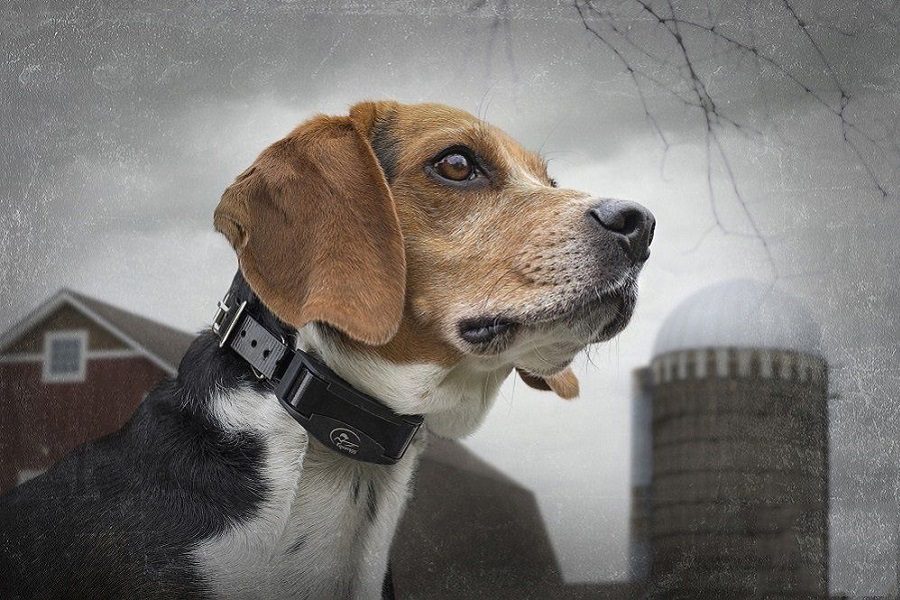Last Updated: 1 year ago
One of the many ways in which dogs help us people out is by being reliable companions during hunts.
Dogs can help you locate your targets, and if you ask them to, they can even flush them out, making it easier for you to land a good shot. You can also ask your dogs to retrieve the game birds you hunt down, saving you time and energy in the process.
Perhaps next to your firearm of choice, the dog is the most essential hunting companion for any outdoors man.
If you’re considering raising a hunting canine of your own, you’re in luck, because this article will provide you with some essential tips that will make bird dog training so much easier. By employing these coming pointers, you can be sure that you will soon have a reliable hunting dog by your side.
What Are the Best Bird Hunting Dogs?
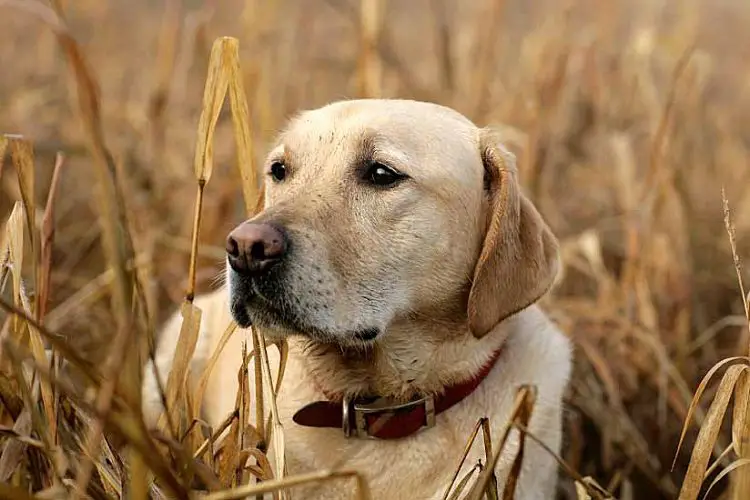
Before we get to specific dos and don’ts about raising your hunting dog, the first thing you will need to do is to select the breed of canine you want.
This is an important decision because different bird hunting dog breeds tend to have varied personalities and skills. By not taking the time to carefully consider which dog breed is best suited for you, you risk picking a companion that will consistently disappointing you.
Now, onto the list of bird hunting dog breeds that have proven to be reliable companions:
1. Labrador Retriever
When thinking of a hunting dog, an image of a Labrador Retriever easily comes to mind.
The American Kennel Club notes that Labrador Retriever really became a popular choice as a companion among hunters in the aftermath of World War II.
Labrador Retrievers are great family dogs too, so that’s a bonus, but the reason you will want one around as a companion for hunts is that they are known to be highly energetic animals that are also capable of moving around well in water.
So if you’re planning on hunting down some birds that like to spend time along lakes and other small bodies of water, a Lab is the dog to consider.
2. Golden Retriever
The Labrador Retriever isn’t the only larger dog breed that is ideal for hunting, as its relative, the Golden Retriever is also quite capable of providing assistance outdoors.
Similar to the Lab, the Golden Retriever is a bundle of high energy that doesn’t mind being in the water. It’s also a dog that is very quick to pick up on commands and will hurry out there to retrieve a target if asked to.
3. Boykin Spaniel
In contrast to the first two breeds mentioned above, the Boykin Spaniel is on the smaller side for a hunting companion, but that by no means suggests any inferiority. In fact, the Boykin Spaniel is known for being a well-balanced, quick and agile dog.
Because it’s smaller, this dog can also move through terrain quietly, and its coat can blend in well with many outdoor environments. Those traits make the Boykin Spaniel significantly harder to detect for prey, and that’s always a good thing.
4. German Shorthaired Pointer
Last on this list of top bird dogs is the German Shorthaired Pointer. The German Shorthaired Pointer is known for being capable of executing all kinds of useful hunting commands and is widely considered to be one of the best breeds for hunting.
These dogs love being active and require a lot of outdoor exercises. But hey, if you are hunting regularly, what better exercise than that?
What Type of Game can these Dogs Hunt?
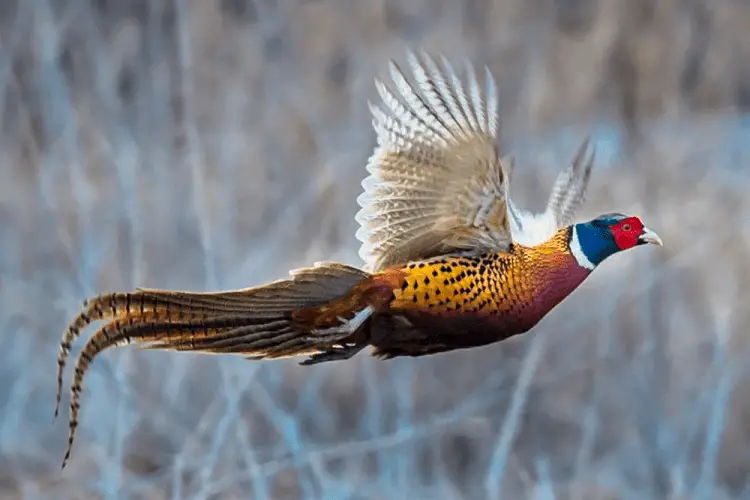
Nothing’s impossible!
You can teach your dog to hunt any game you want. But. You’re always better off trying to find the best match between a dog’s skills and the type of game you’re planning on hunting.
Some breeds might be better for hunting large game, some – very small and agile game, yet others – for a game that lives in peculiar surroundings. Check out some of the most common matches below.
1. Ducks
Ducks are abundant in the wild and easy to spot, making them ideal targets for any hunter. These are larger game birds though, so it may be tough for smaller canines to help with hunting them.
Retrievers might be the best for duck hunting because they have the strength to pick up large birds. It also helps a lot that Retrievers have no problem being in the water, so they can go after ducks with greater confidence.
2. Quails
Hunting a quail can be tricky given how small and quick those birds are, but with a bit of perseverance and the presence of a German Shorthaired Pointer, that task can be made significantly easier.
It is crucial that you and your dog are on the same page at all times when trying to track down a quail because you won’t have that much room for error. Prepare your German Shorthaired Pointer adequately before the hunt to make sure things go smoothly.
3. Pheasants
Since these mid-range birds like to live in areas with tall grass, you’d be better off bringing a Boykin Spaniel for a pheasant hunt. The Boykin Spaniel’s ability to blend in with the surroundings should help it flush out pheasants easier.
Other birds that you may consider hunting together with a dog include grouses, pigeons, and doves.
The Bird Dog Training Tips You’ll Need to Remember
1. Start ‘Em Young
You should really try to get a puppy and raise him or her to be a bird dog.
You can probably manage with a dog that is a bit older and has already received some training, but the reason why it’s important to raise the dog yourself is that that will help him or her become truly used to being around you and obeying your orders.
It’s a bit of a challenge working with puppies to start, but the time you invest into training your canine companion is going to pay off big time once you’re out in the wild and he or she is following your every order.
2. Repetition Is Going to Be Key
We get it. Not every aspiring outdoorsman has time to take out of his busy schedule to spend hours just training a bird dog puppy.
You don’t need to spend every waking moment trying to get your puppy to understand basic commands, but you will want to spend as much time as possible doing that.
Carve out some time at night or early in the morning, or even both to work with your dog, and to further motivate your buddy, feed him or her after every training session.
By drilling your puppy on the commands early and often, they will become second nature to him or her, and issues won’t be encountered once the two of you are out on a hunt.
3. Teach Basic Obedience First
It’s better to teach your dog to become obedient first before introducing more specific commands. By focusing on obedience first, you are establishing that as the foundation for everything.
This way, even if your dog gets confused, his or her default action will still be to follow your orders, and this is essential when you’re out on a hunt.
4. Treats, Toys, Treats
Because your dog is going to act as a tracker and retriever during hunts, you want your faithful companion to know the basic commands such as “come” and “stay” as well more hunting-specific ones such as “take,” “drop,” and which direction to go in.
For the basic commands, use treats, time your commands, and train for short periods of time but multiple times throughout the day.
As for the more hunting-specific commands, when teaching “take” and “drop,” Inside Dogs World recommends making use of a toy or another object of value to the dog. Timing is everything.
Give the “take” command the moment your dog is picking up the item. Show your dog a treat so that he or she can “drop” the toy and again, time it properly so that the word “drop” comes right when the dog is dropping that toy. Repeat those steps until the dog understands what to do.
The changing direction command is trickier to teach as you’ll need to take your dog outdoors more often for practice. There are bird dog training collars that will work wonders for teaching this command.
Try using words that do not sound alike when teaching commands to avoid confusion. Make them as distinct as possible and enunciate clearly each time so that the dog knows exactly what you want to be done.
5. Run Through Hunting Drills with Your Dog
No list of hunting dog training tips would be complete without one that reminds you to actually go through the drills with your companion. You can teach a dog how to properly stay, fetch, and every other basic command, but that’s still not enough.
Go the extra mile and try to recreate a hunting scenario with your dog.
Take your dog to some of the hunting spots and run through the drills there to get him or her familiar with what needs to be done. Taking this step will ensure that moments of confusion between you and your dog during hunts will be few and far in between.
6. Show the Dog Your Targets
After your dog has learned obedience and the different commands that will be used for a hunt, the next step is to introduce your furry friend to the targets that the two of you will be going after.
If you’re going duck hunting, then try to get a frozen duck that still has its body parts intact, or just try to spot one out in the wild. You can follow the same steps if you’re eyeing other game birds such as quails or pheasants.
This step is hugely important because it will prepare your dog better for what will happen once the real hunts take place. The last thing you want to see is your dog startled at the sight of the bird that you two are hunting down.
You can also try using decoys for your training sessions. You can use the decoys most of the time just to give the dog an idea of what the target will look like. Still, you should properly introduce your dog to the real target at least once before going on a hunt.
7. Bring a More Experienced Dog along for a Trip
It’s not a bad idea to call a fellow hunter and have him bring his more experienced companion on a hunting trip.
Your dog can watch at first, and later on, you can send them out together so that the younger one will be able to experience a real hunt.
Getting that firsthand experience will help your dog understand exactly what you are expecting from him or her when it’s just the two of you out hunting.
8. Try to Schedule Regular Hunting Trips
In order to make sure that your dog really gets the hang of this hunting thing, make it a regular event. Try to schedule hunts regularly so that your dog doesn’t get rusty. With more hunts under his or her belt, your dog should also show visible improvement.
Bird dog training is not going to be easy, and it will likely require a hefty investment of time from you. The toughest part is to teach your dog to be reliable off-leash, changing directions at your command, and stay out of potential trouble when you might be yards away.
There is new GPS technology and bird dog training collars out there that could help effectively train and keep your hunting buddy out of harm’s way.
Recourses:

